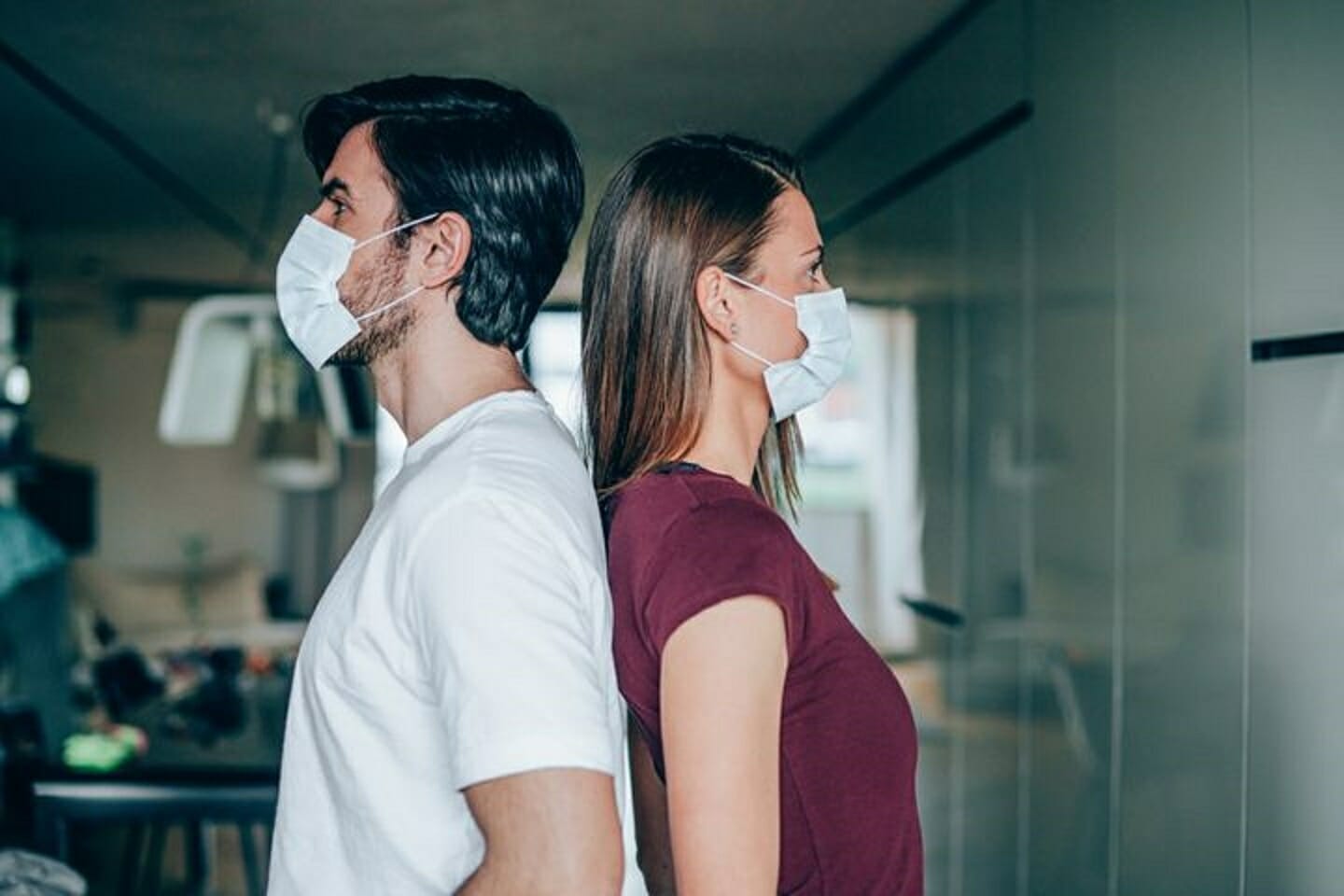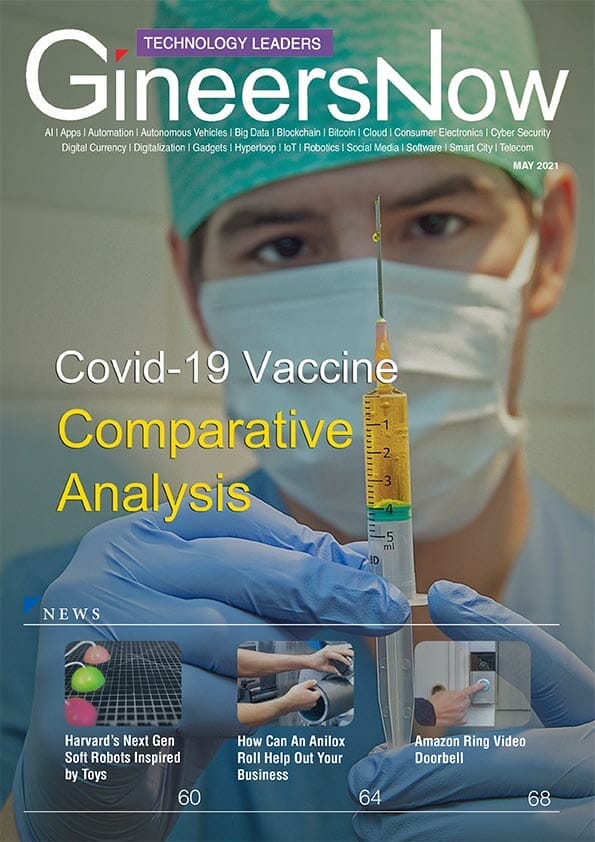We asked the World Health Organization (WHO) about the similarities and differences of COVID-19 and Influenza.
As the COVID-19 outbreak continues to evolve, comparisons have been drawn to influenza. Both cause respiratory disease, yet there are important differences between the two viruses and how they spread. This has important implications for the public health measures that can be implemented to respond to each virus.
This article aims to advise the public to stay calm (and manage anxiety) while social distancing are taking place in their territories. To avoid panic and confusion, WHO recommends to read bulletins and official updates from legitimate media sites and government health authorities.
Q&A with WHO
Q. How are COVID-19 and influenza viruses similar?
Firstly, COVID-19 and influenza viruses have a similar disease presentation. That is, they both cause respiratory disease, which presents as a wide range of illness from asymptomatic or mild through to severe disease and death.
Secondly, both viruses are transmitted by contact, droplets and fomites. As a result, the same public health measures, such as hand hygiene and good respiratory etiquette (coughing into your elbow or into a tissue and immediately disposing of the tissue), are important actions all can take to prevent infection.

Q. How are COVID-19 and influenza viruses different?
The speed of transmission is an important point of difference between the two viruses. Influenza has a shorter median incubation period (the time from infection to appearance of symptoms) and a shorter serial interval (the time between successive cases) than COVID-19 virus. The serial interval for COVID-19 virus is estimated to be 5-6 days, while for influenza virus, the serial interval is 3 days. This means that influenza can spread faster than COVID19.
Further, transmission in the first 3-5 days of illness, or potentially pre-symptomatic transmission –transmission of the virus before the appearance of symptoms – is a major driver of transmission for influenza. In contrast, while we are learning that there are people who can shed COVID-19 virus 24-48 hours prior to symptom onset, at present, this does not appear to be a major driver of transmission.
The reproductive number – the number of secondary infections generated from one infected individual – is understood to be between 2 and 2.5 for COVID-19 virus, higher than for influenza. However, estimates for both COVID-19 and influenza viruses are very context and time-specific, making direct comparisons more difficult.
Children are important drivers of influenza virus transmission in the community. For COVID-19 virus, initial data indicates that children are less affected than adults and that clinical attack rates in the 0-19 age group are low.
Further preliminary data from household transmission studies in China suggest that children are infected from adults, rather than vice versa.
While the range of symptoms for the two viruses is similar, the fraction with severe disease appears to be different.
For COVID-19, data to date suggest that 80% of infections are mild or asymptomatic, 15% are severe infection, requiring oxygen and 5% are critical infections, requiring ventilation. These fractions of severe and critical infection would be higher than what is observed for influenza infection.
Those most at risk for severe influenza infection are children, pregnant women, elderly, those with underlying chronic medical conditions and those who are immunosuppressed. For COVID-19, our current understanding is that older age and underlying conditions increase the risk for severe infection.
Mortality for COVID-19 appears higher than for influenza, especially seasonal influenza. While the true mortality of COVID-19 will take some time to fully understand, the data we have so far indicate that the crude mortality ratio (the number of reported deaths divided by the reported cases) is between 3-4%, the infection mortality rate (the number of reported deaths divided by the number of infections) will be lower. For seasonal influenza, mortality is usually well below 0.1%. However, mortality is to a large extent determined by access to and quality of health care.
Q. What medical interventions are available for COVID-19 and influenza viruses?
While there are a number of therapeutics currently in clinical trials in China and more than 20 vaccines in development for COVID-19, there are currently no licensed vaccines or therapeutics for COVID-19. In contrast, antivirals and vaccines available for influenza. While the influenza vaccine is not effective against COVID-19 virus, it is highly recommended to get vaccinated each year to prevent influenza infection.
WHO’s strategic objectives for this response are to:
- Interrupt human-to-human transmission including reducing secondary infections among close contacts and health care workers, preventing transmission amplification events, and preventing further international spread (*This can be achieved through a combination of public health measures, such as rapid identification, diagnosis and management of the cases, identification and follow up of the contacts, infection prevention and control in health care settings, implementation of health measures for travelers, awareness-raising in the population and risk communication.);
- Identify, isolate and care for patients early, including providing optimized care for infected patients;
- Identify and reduce transmission from the animal source;
- Address crucial unknowns regarding clinical severity, extent of transmission and infection, treatment
options, and accelerate the development of diagnostics, therapeutics and vaccines; - Communicate critical risk and event information to all communities and counter misinformation;
- Minimize social and economic impact through multisectoral partnerships.
Source: This article first published by World Health Organization
Other COVID-19 Updates
Top 10 Largest Ventilator Manufacturers in the World
List of Government Officials Tested Positive in PH
Metronic Ventilator Ramping Up Production
Engineers, Can You Help Build a DIY Ventilator for Hospitals?
Water is Our First Line of Defense Against COVID-19
COVID-19 Economic Aftermath on the Construction Industry
Complete List of Companies Working on Coronavirus Vaccine
COVID-19 War: 70K Physicians vs 109M Filipinos
Famous People Tested Positive for COVID-19
These Politicians Tested Positive for Coronavirus (COVID-19)
Postponed Exhibitions in the Philippines due to COVID-19
Cancelled Major Events Around the World Due to COVID-19
World Bank Gives $12 Billion to COVID-19 Affected Countries
COVID-19 Philippines: DOH on Code Red Status
PPE Shortage Endangering Health Workers Worldwide
The List of COVID-19 Disinfectants Approved by EPA
World Bank Gives $12 Billion to COVID-19 Affected Countries
Air Cargo Demand Down 3.3% due to COVID-19 Disruption
COVID-19 Financial Impacts in the Aviation Industry
COVID-19 Hits January Airline Passenger Demand, IATA
























